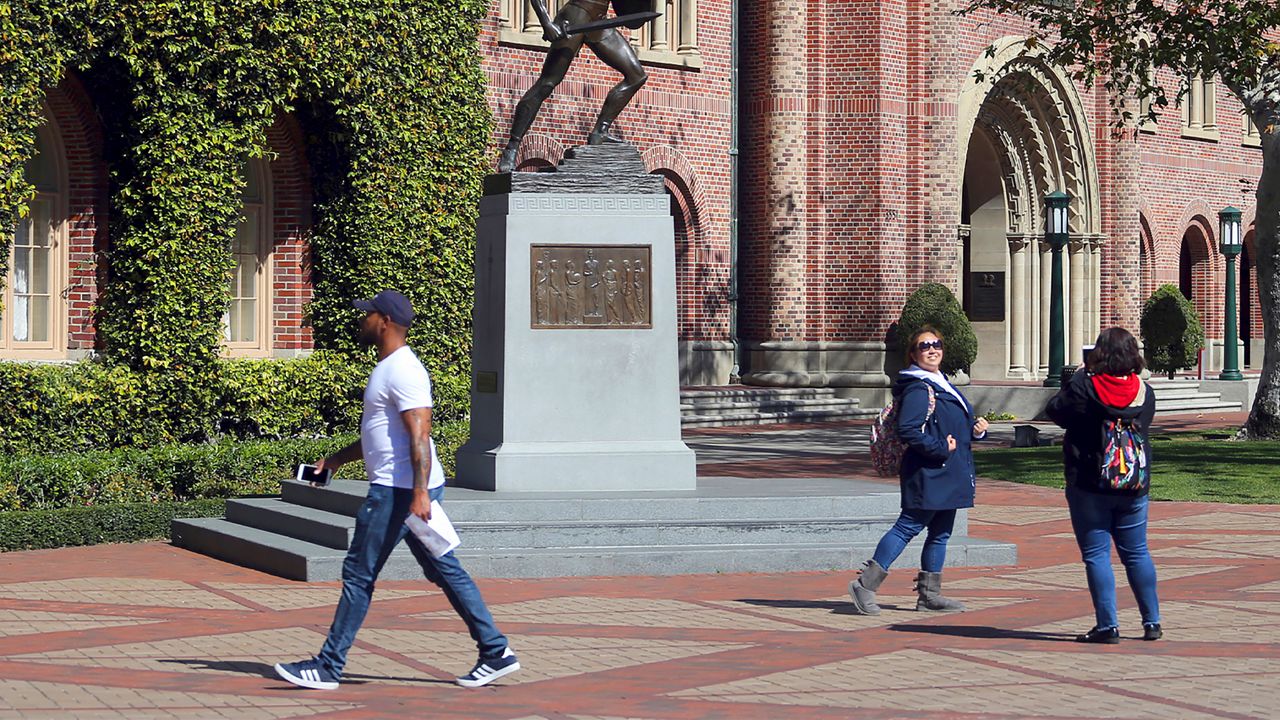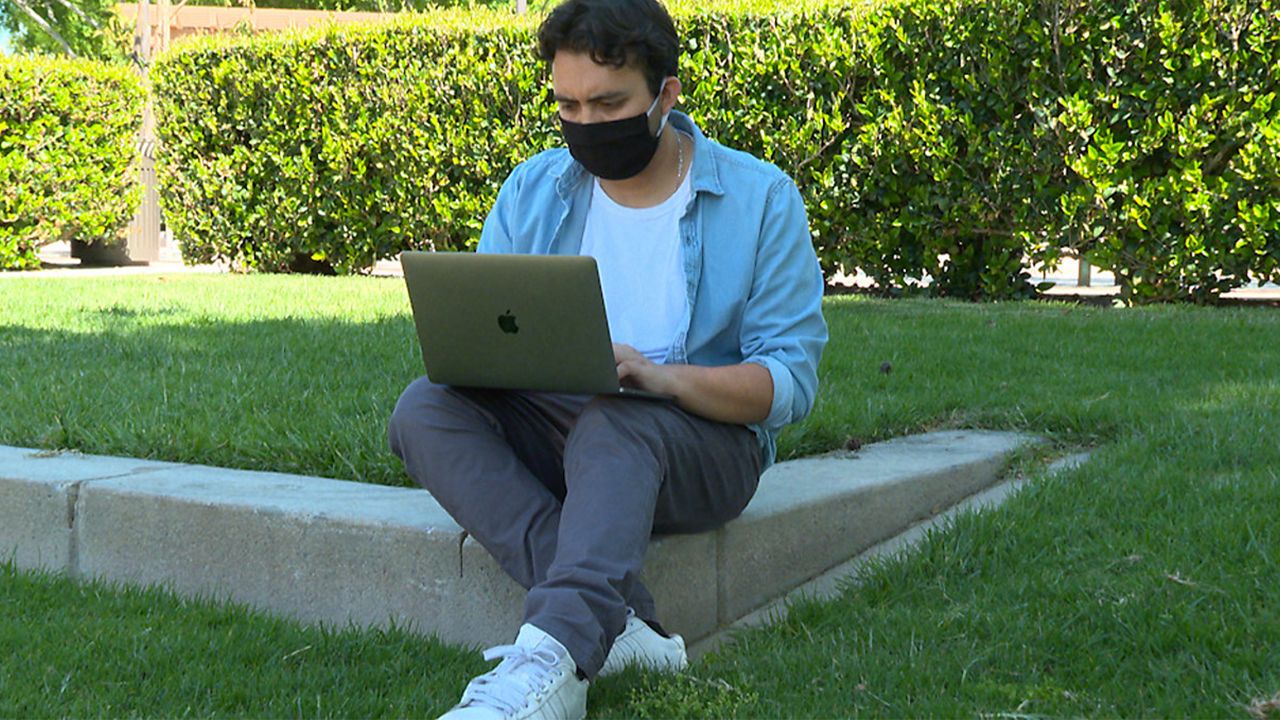LOS ANGELES – Lessons still begin in the same way for Kevin Gaffield's class of second-graders.
A round of hellos, a walk-through of the classroom rules, and of course time to pause and keep his students on track.
"I can't see you sweetie," he said to one student. "You need to be in the frame."
And yet, two months into distance learning, the Melrose Elementary School teacher is still getting used to teaching remotely.
“The things that I was taking for granted at school, like being able to see a child’s work in progress and giving suggestions right there on the spot," Gaffield explained. "These are things I can’t do from my living room.”
Despite the challenges, unlike many other LAUSD schools, Melrose had a unique advantage when making its transition in mid-March. Ten years ago, the school had implemented a 1:1 model of laptops or iPads to students — making technology a part of their everyday learning experience.
“Most of the platforms that we’re using now, we were using prior to," he said. "If we did not have this foundation that we started, we would just be floundering.”
One of his students, Olu, said that technology — in his case an iPad — was being used during the daily routine.
“Probably since kindergarten, so like three years ago," Olu said. "There’s three programs we mainly do — Notability, Classroom and Seesaw. Classroom is where we get the math from, Seesaw is where we post, and Notability is where we do it.”
Their knowledge of the platforms has made logging in and coming to class every morning much easier for families whose parents might not always understand the technology.
“They’re definitely really well-suited for that, more so than a lot of the other LAUSD schools for sure," Olu's mom, Jenifer Davis said.
Without a foundation for online learning though, many other LAUSD schools have struggled with their participation. Back in April, Superintendent Austin Beutner said nearly one third of high school students were not logging on.
Gaffield's group of second-graders, however, has about 100 percent participation.
“I’m really so impressed with my students all across our grade level," he said.
And so his team of teachers work to make it easier, with small group sessions, a classroom website, and video lessons to add to the programs they were already using.
“We’re trying to get all of this in even though they’re not at school," Gaffield said.
And although he still has some concerns about the possibility of distance learning in the Fall, he is confident that his classroom of second-graders are still operating ahead of the curve.











